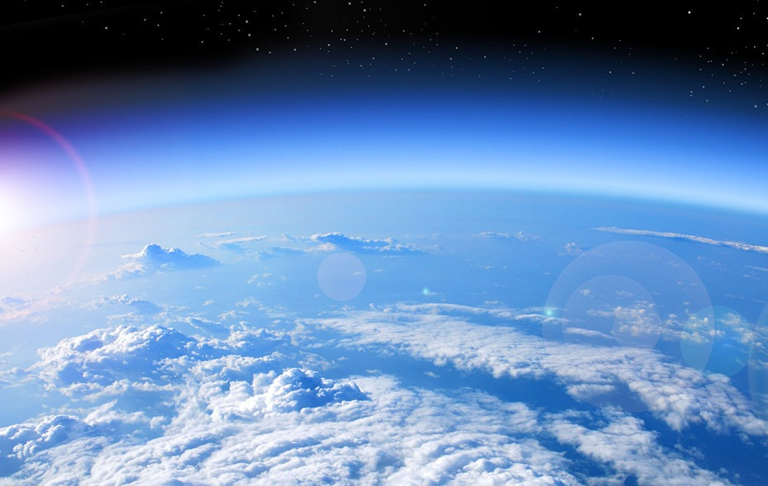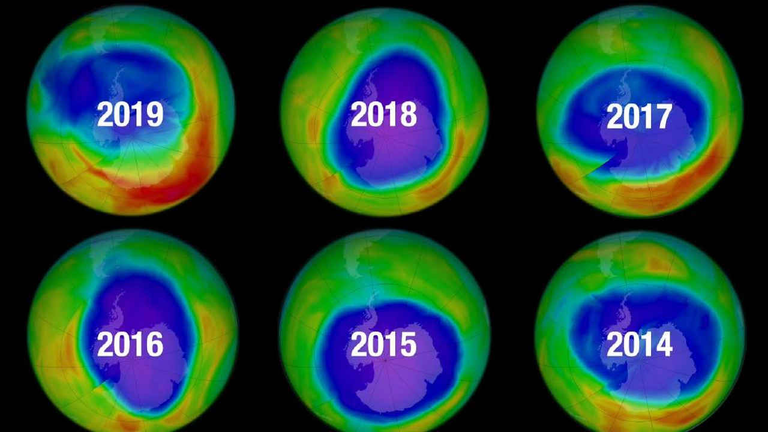The Ozone Hole


Today there is less and less talk of the so-called ozone hole.
Yet until a few years ago this was the bogeyman of all environmentalists.
Today there is much focus on other issues such as plastics in the seas, CO2 emissions and the greenhouse effect, but the ozone hole remains and is a fundamental problem.
Our atmosphere, among other things, has an ozone layer that is very important for maintaining atmospheric balance.
Ozone (chemical formula O3) is a natural gas that can absorb ultraviolet radiation from the sun, preventing it from reaching the earth in all its power.
If we were in a MARVEL series, ozone would be the SHIELD that protects humanity. It is in fact our shield against radiation. If, in fact, ultraviolet rays plunged into the earth without filters they would be a serious risk for us and for our safety.
It is therefore essential that there is ozone and that it is there in the correct measure.
About 35 years ago, the alarm was raised by the scientific community that the ozone layer was dangerously thinning, decreasing by about 40% in some points of the atmosphere above the South Pole.
A shocking news that shook the entire community and led the various environmental associations to acts of protest and sensitization towards the whole world.
The depletion of the ozone layer would have led humans to a dangerous health risk. In particular, skin cancer could have become a common factor for the entire population and other diseases could have worsened.
The ozone hole soon became a mantra to be repeated at every environmental manifestation.
For once, it seems that those protests did not fall completely into a vacuum.
Once again it was science, research not only to find the cause but to show the way, a sign that there is no progress without research and there is no research without investment and without a policy that follows the indications of the scientific community.
The causes of the problem were identified and these were removed.
The so-called chlorofluorocarbons were being used to deplete the ozone layer.

It was therefore important to understand where these agents came from and to isolate the devices, techniques and processes that generated them. All technologies that contributed to the production of CFCs were banned since 1987. Today the ozone hole is no longer such a worrying threat.
The credit goes to those who have discovered the causes and those who have worked hard to ensure that nothing could bring this serious threat to us and our planet to the point of no return.
The United Nations estimates that by 2060 the ozone layer will be back to normal, restoring the values that would make it as effective as it has always been in the history of the earth.
Man destroys, but he can also restore.
From the ozone hole a great lesson for all mankind.

nature depends on all humans, if you are good at protecting, then nature will be ageless in my opinion
nice post! i think we still have quite an issue with the ozone hole in many places.. and last time i looked there were still even today many large countries like China that are still causing issues..
In Portugal the UV rating is almost off the charts!
I agree. Covid19 is helping us on that side but...we are starting to be idiot again now...Thanks for your comment.
Thank you for posting great content to the ecoTrain community! This post has been featured in our WhatsUp! Curation at:
https://peakd.com/hive-123046/@ecotrain/what-s-up-from-the-ecotrain-community-on-hive-8